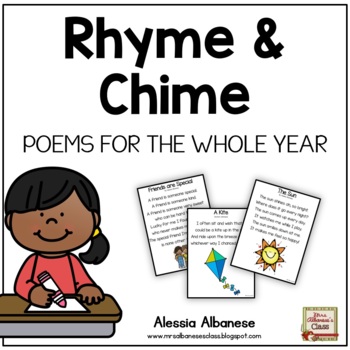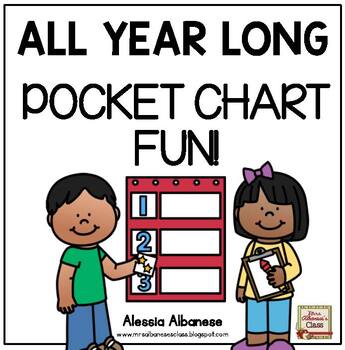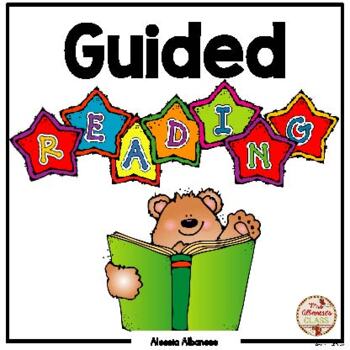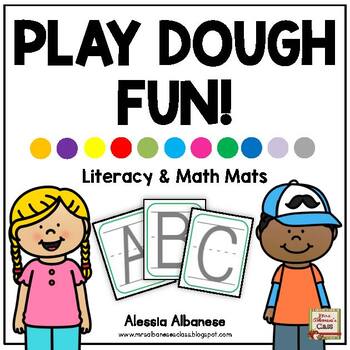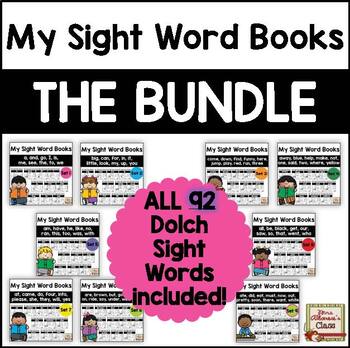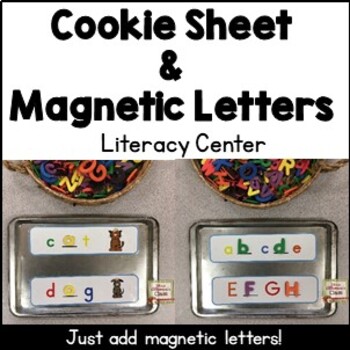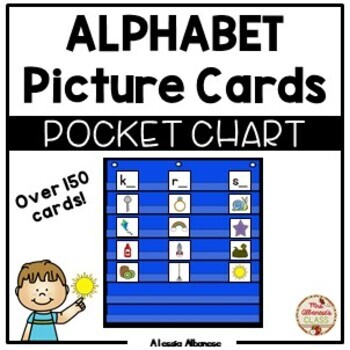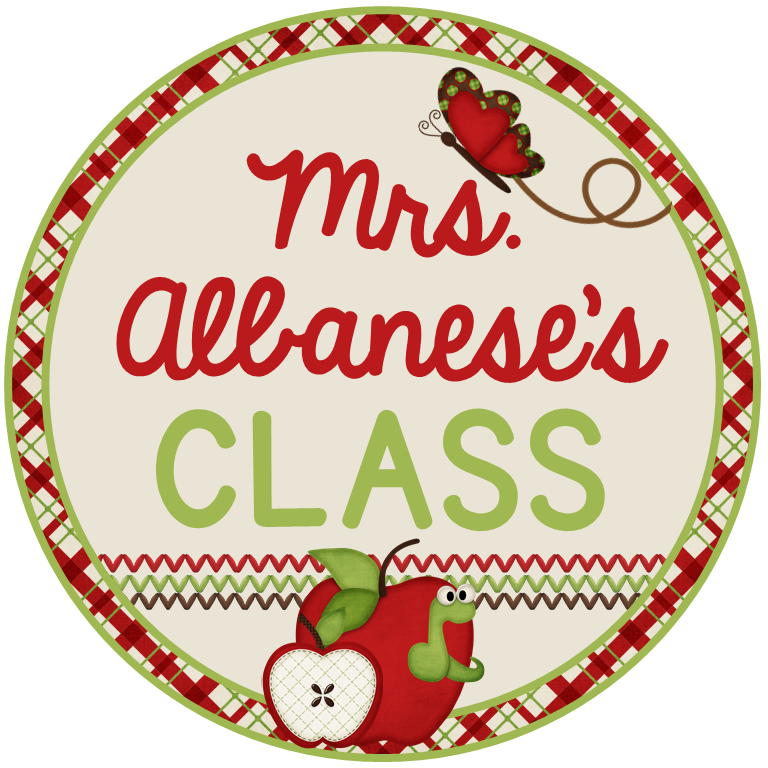One of the first things we encourage our students to do in our classroom is to write their name on their work (i.e. drawings, writing, paintings, etc.). We teach them that their name is important and meaningful so that each student feels a sense of belonging.
In the new Ontario Kindergarten Program 2016, one of the four frames focuses on Belonging and Contributing. We believe that making a child understand his/her sense of self begins with them identifying and being able to write his/her name and knowing how special and unique they are.
Here are a few ways we encourage name identification and printing the first few weeks of school.
Last year our Occupational Therapist recommended the program Handwriting Without Tears where these amazing wooden pieces are from. We love how the children have used them to form the letters in their names.
Sometimes it's as simple as leaving out letters (such as these rock letters) and inviting children to find what they need to spell their name - magnetic letters work great too!
We have written names on wooden paint sticks (which are FREE at your local hardware store!) and letters on clothespins - students have to match letter-to-letter in their name. This activity is also a great way to strengthen fine motor muscles!
Exploring lines is a great way to practice pre-printing skills. We leave these cards out along with their name cards for students to explore using Q-tips and water on chalkboards to form lines.
The cards are from Stimulating Learning with Rachel and you can find them here.
Students were so intrigued with how long/short their names are that they counted the letters and ordered them on our carpet.
Sometimes putting pressure on paper using a pencil is difficult so we love having students practice with a whiteboard marker. We put these name sheets in plastic sleeves so that they can be wiped clean and used over and over.
We also cut them in half to form a booklets and send them home for extra practice.
You can download your own *editable* name printing pages (as seen in the photo above) by clicking here. They are made in Power Point.
Be sure to first download the free font "Print Dashed" which you can find here.











































